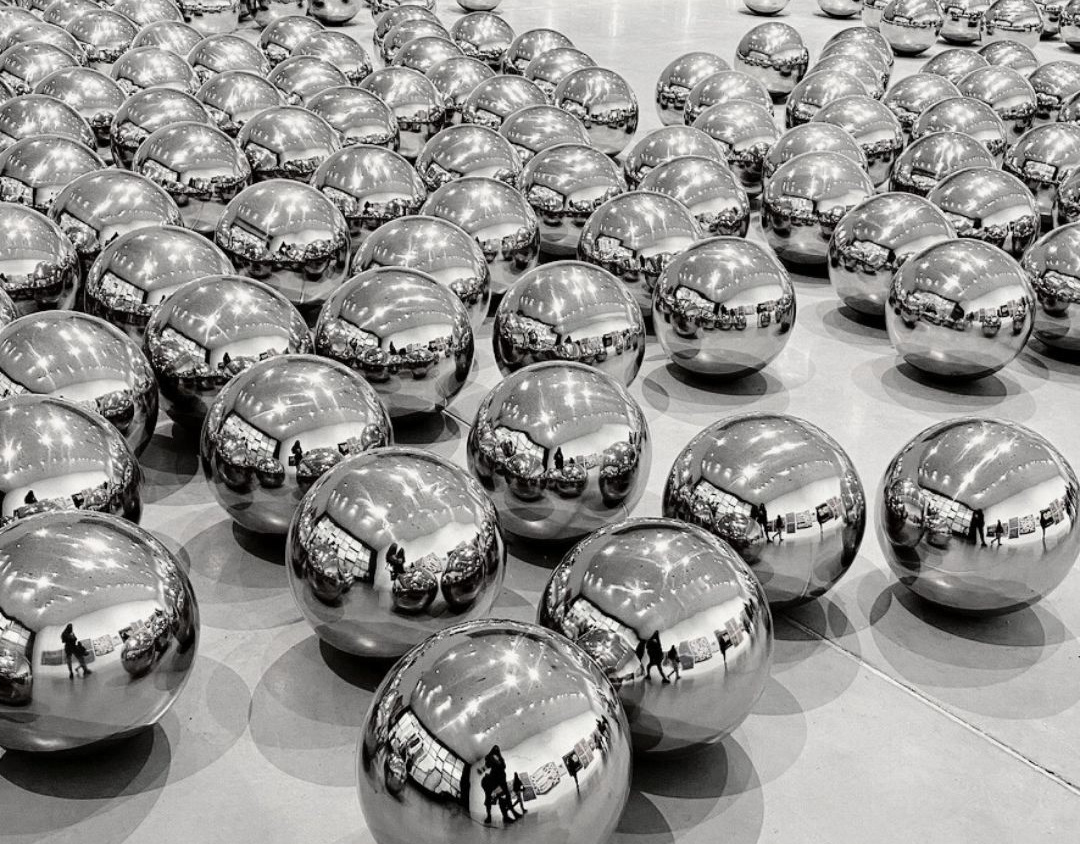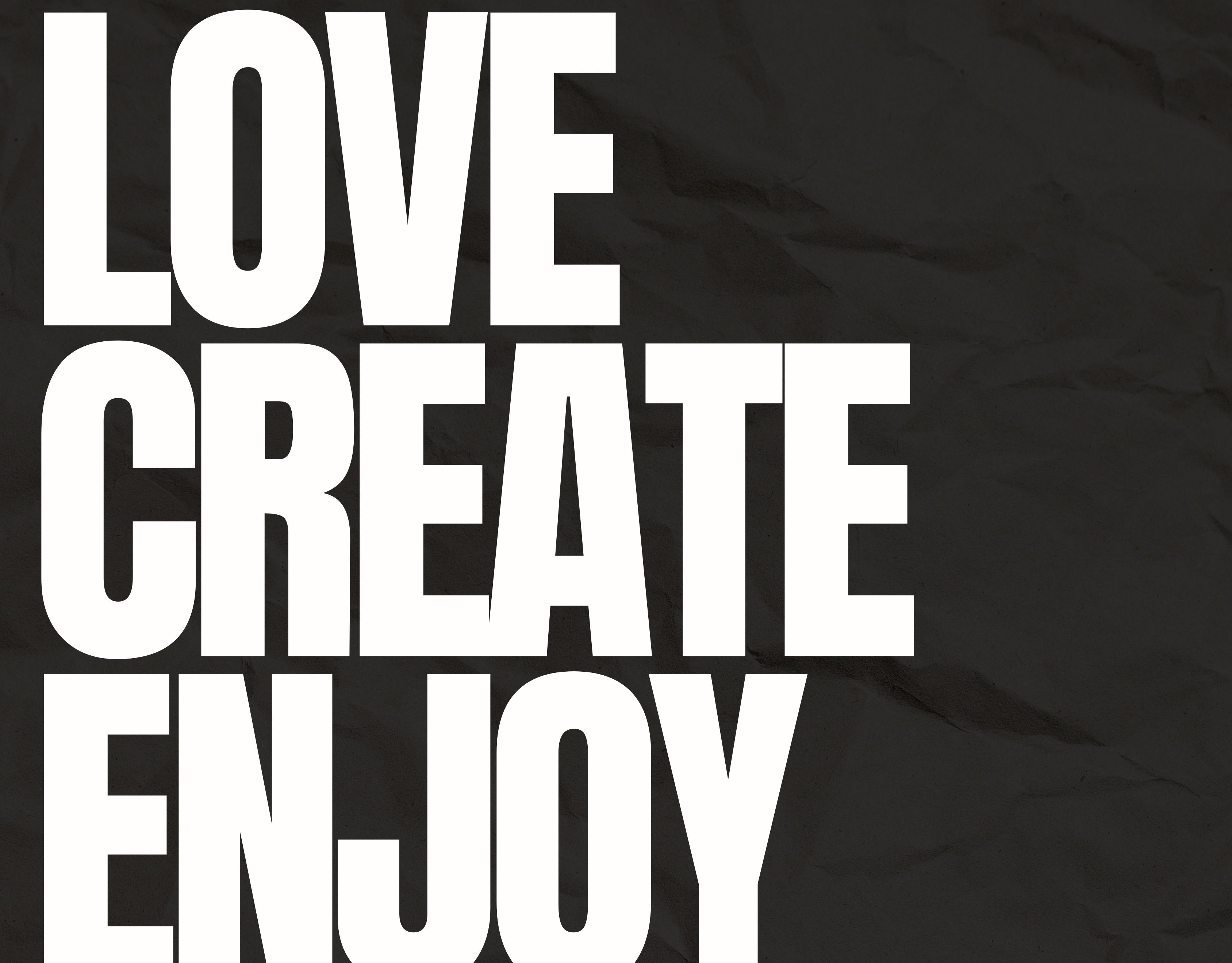From Vision to Reality
Navigating the Process
Introduction
The world of fashion photography is a harmonious blend of creative vision and meticulous execution.
After laying the groundwork during the pre-production phase, the production and post-production stages come into play, turning concepts into captivating visuals.
In this blog, we'll explore the essential steps in fashion photography production and post-production, highlighting the processes that transform raw captures into polished masterpieces.
Production Phase
1. Model Direction and Posing:
Evoking emotion through poised models, translating the concept to form & Narrative
As the photoshoot unfolds, photographers guide models to achieve the desired poses and expressions.
Posing is a delicate balance between showcasing the designs and conveying the emotions that align with the concept.
Photographers work closely with models to ensure each frame captures the essence of the story.
Photographers not only guide models into poses but also strive to elicit genuine emotions that align seamlessly with the concept's narrative.
The delicate art of posing strikes a balance, simultaneously showcasing the designs and evoking emotions intricately woven into the storyline.
2. Lighting and Composition Execution:
Illuminating artistry, where planned light and composition merge
The production phase sees the meticulous execution of the lighting and composition plans developed during pre-production.
Photographers adjust lighting setups to achieve the desired effects, manipulating shadows, highlights, and contrasts.
Composition techniques, such as framing and angles, are employed to create visually striking images.
Photographers meticulously manipulate shadows, highlights, and contrasts to achieve the desired effects, while ingenious composition techniques create images that resonate with artistic finesse.
3. Styling and Set Coordination:
Crafting visuals with meticulous style and immersive settings.
Ensure wardrobe styling complements the concept and coordinates with hair, makeup, and props.
Oversee the set design to create an immersive environment that enhances storytelling.
During production, stylists ensure that each outfit is impeccably styled, paying attention to every detail.
Set designers orchestrate the physical environment, arranging props and elements to bring the concept to life.
The combined efforts of the styling and set teams contribute to the cohesive visual narrative.
Post-Production Phase
1. Image Selection:
Curation of the captured moments, selecting the storytelling frames.
The post-production phase begins with selecting the best images from the photoshoot.
Photographers review the captures, considering factors such as composition, lighting, model expression, and overall alignment with the concept.
Transitioning into the post-production phase, the initial selection of images takes center stage.
Photographers, armed with discerning eyes, sift through captures, evaluating each image's composition, lighting, model expression, and alignment with the established concept.
2. Editing and Retouching:
Elevating authenticity with skilled refinement and colors that resonate.
Apply adjustments to enhance colors, contrast, and clarity while maintaining authenticity.
Retouch images to remove imperfections and refine details.
Editing and retouching elevate images to their full potential.
During this phase, photographers apply adjustments to enhance colors, contrast, and clarity.
Skin retouching, imperfection removal, and other refinements contribute to a polished final result.
The goal is to enhance the visual appeal while maintaining the subject's authenticity.
The subsequent phase of editing and retouching ushers images into their full splendor.
Through a symphony of adjustments, photographers amplify colors, contrast, and clarity while preserving the inherent authenticity.
Skin retouching and meticulous detail refinement contribute to the ultimate goal: a polished, refined outcome that amplifies the visual allure.
** (As a photographer, I prefer to maintain a natural look with supportive makeup and not an overly polished look. This concept has also been one of the prominent leading trends in the field for some time.)
3. Consistency and Brand Identity Maintenance:
Crafting visuals with meticulous style and immersive settings.
Maintain a consistent editing style that aligns with the brand's visual identity.
Ensure all images convey a unified message while resonating with the target audience.
Photographers apply a cohesive editing style that aligns with the brand's visual identity.
This consistency ensures that all images, despite their diversity, convey a unified message that resonates with the target audience.
Conclusion:
Fashion photography is a journey that spans multiple phases, each with its unique contribution to the final result.
The production phase brings the concept to life through model direction, lighting mastery, and careful coordination of styling and set design.
Post-production, on the other hand, refines the images to perfection, preserving brand identity while enhancing visual appeal.
It's the seamless interplay between these phases that transforms raw captures into stunning fashion photographs that captivate audiences and tell compelling stories.



















